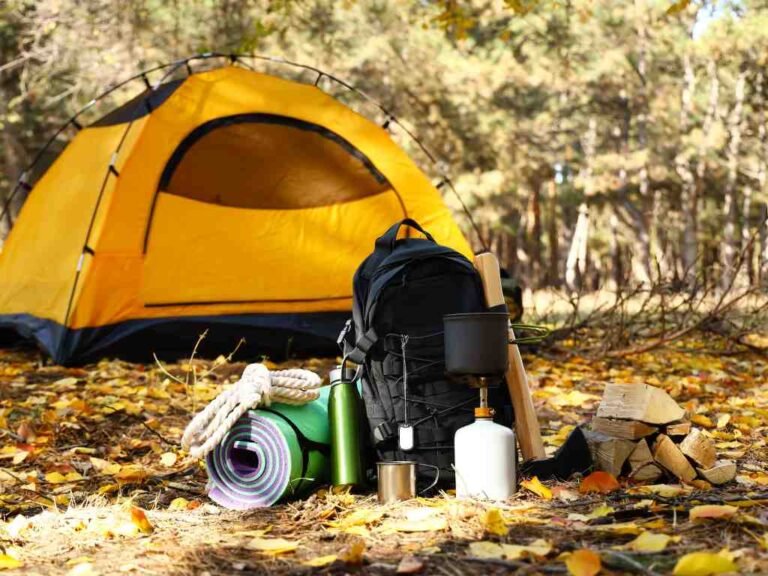
Understanding Trail Shoes: What Sets Them Apart
Trail shoes are a specialized category of footwear designed explicitly for off-road running and hiking. Unlike regular running shoes, which are primarily suited for pavement and flat surfaces, trail shoes offer a range of features that enhance performance and protection on varied terrains. One of the most notable differences is the traction pattern, which is engineered to provide superior grip on uneven, slippery, and rugged surfaces. Most trail shoes incorporate a lugged outsole, allowing for effective grip in mud, gravel, or rocky paths, thus reducing the risk of slips and falls.
Another significant aspect of trail shoes is their cushioning. While road running shoes often prioritize lightweight material for speed, trail shoes integrate more robust cushioning systems to absorb impact from rocks and roots. This is essential for maintaining comfort during long runs or hikes in the wilderness. The additional cushioning not only aids in shock absorption but also provides stability, helping the foot to maintain its natural posture during multi-directional movements encountered in trail environments.
Support is yet another vital feature distinguishing trail shoes from their road counterparts. Many designs include a reinforced toe cap and midsole support to protect the foot from obstacles while providing enough lateral stability during twists and turns. Durability is paramount; trail shoes are typically constructed from tougher materials that resist abrasion and wear, ensuring longevity in harsh conditions. Moreover, the fit of trail shoes is critical, as a secure yet comfortable fit prevents blisters and enhances overall handling when navigating technical trails.
Investing in trail-specific footwear proves beneficial not only for trail runners but also for hikers, as the right shoe can dramatically improve comfort, safety, and performance in outdoor adventures.
Key Features to Look for in Trail Shoes
When selecting trail shoes, understanding the vital features that contribute to performance and comfort is essential. One of the most critical aspects is traction, which is primarily influenced by the stud patterns and rubber compounds used in the outsole. A shoe with a multi-directional lug pattern can enhance grip on uneven or slippery surfaces, while a softer rubber compound can improve traction on wet trails. Evaluating the traction capabilities of a trail shoe is fundamental, especially for runners who tackle diverse terrains.
Another important feature to consider is water resistance. A waterproof membrane can protect your feet from wet conditions, which is crucial on muddy trails or during rain. However, it is essential to balance water resistance with breathability, as excess moisture can lead to discomfort during prolonged use. Shoes that offer a breathable upper allow for moisture escape, reducing the risk of blisters and ensuring that the feet remain dry and comfortable.
Weight is another significant factor to contemplate. Lightweight trail shoes provide agility and speed, making them a preferred choice for competitive runners. However, added cushioning and protective features often increase a shoe’s weight, affecting overall performance. It is essential to evaluate what type of trail running you plan to engage in, as heavier shoes may be necessary for rugged terrains where added protection is crucial.
Cushioning types can greatly impact comfort during descents and long runs. Shoes with varying cushioning levels cater to different preferences; those who prefer a plush ride may opt for maximal cushioning, while others might favor minimalistic designs for ground feel. Additionally, the heel-to-toe drop of a shoe offers a customized fit for different foot types and running styles, affecting how the shoe feels during movement.
In summary, it’s vital to consider personal preferences and foot types when selecting trail shoes. Assessing these features based on individual needs will ensure a better fit and enhance performance on various trails, thereby elevating the overall running experience.
Top Trail Shoe Recommendations for Every Type of Terrain
Choosing the right trail shoe is critical for optimal performance and comfort across various terrains. Here, we present a curated list of top trail shoe recommendations suitable for different types of trails: rocky, muddy, and flat. Each shoe is designed to enhance the hiking or running experience, ensuring you have the right footwear for the task at hand.
For rocky terrains, the Salomon Speedcross 5 stands out. This shoe features aggressive lugs for superior traction on uneven surfaces, making it ideal for those venturing into mountainous or rugged areas. With a snug fit and excellent cushioning, it is recommended for both short and long-distance trails, providing comfort over extended periods.
When tackling muddy trails, the North Face VECTIV Infinite is an exemplary choice. Its unparalleled grip and waterproof design allow runners to navigate through slippery and wet conditions seamlessly. Designed with stability and support in mind, it is particularly well-suited for long-distance trekking, ensuring that one remains secure and comfortable regardless of the conditions.
For flat and smooth trails, the Hoka One One Challenger 7 provides a perfect balance of cushioning and responsiveness. Its lightweight construction makes it easy to maintain speed on even terrain. The shoe’s versatility allows it to transition well between different surfaces, making it a good fit for those who enjoy varied running routes.
Lastly, the Brooks Cascadia 15 excels across multiple terrains, particularly rocky paths, thanks to its protective design and adaptable tread pattern. This shoe offers sufficient traction while maintaining a level of comfort desired for longer runs, striking an ideal balance between performance and durability.
In evaluating these top picks, individuals can determine the best trail shoes according to their specific needs, ensuring they are equipped to tackle any environment encountered on the trails.
Tips for Choosing the Right Fit and Testing Your Trail Shoes
Selecting the appropriate trail shoes involves careful consideration of size, fit, and testing practices. A well-fitting shoe is crucial for optimal performance and injury prevention. When trying on trail shoes, it’s essential to sample various brands and models, as sizing can differ significantly. Typically, your trail shoe size may be larger than your casual or road running shoes to accommodate for foot swelling during activities.
Ensure you are wearing the right type of socks when testing for fit. Consider using the same style of socks that you would wear during your trail runs or hikes, which may include thicker or specialized moisture-wicking designs. This will provide a more accurate assessment of how the shoe feels once you incorporate it into your routine.
When fitting trail shoes, pay close attention to the heel cup, arch support, and toe box. The heel should fit snugly, preventing any lifting, while the toe should have enough room to wiggle without feeling cramped. A good rule of thumb is to leave a space about a thumb’s width from your longest toe to the end of the shoe, ensuring comfort during descents.
Testing shoes on various surfaces is essential to gauge their performance. Start with a smooth indoor surface before progressing to rough, uneven terrain that mimics your intended running or hiking conditions. Walk, jog, or run on the surfaces to check for comfort and stability. Monitor for any discomfort or signs of pressure that may signify that a shoe is not the right match for your feet.
Ultimately, integrating the right trail shoes into your existing running or hiking routine will enhance both comfort and performance. By meticulously selecting and testing your footwear, you will set the stage for enjoyable and successful outdoor adventures.








